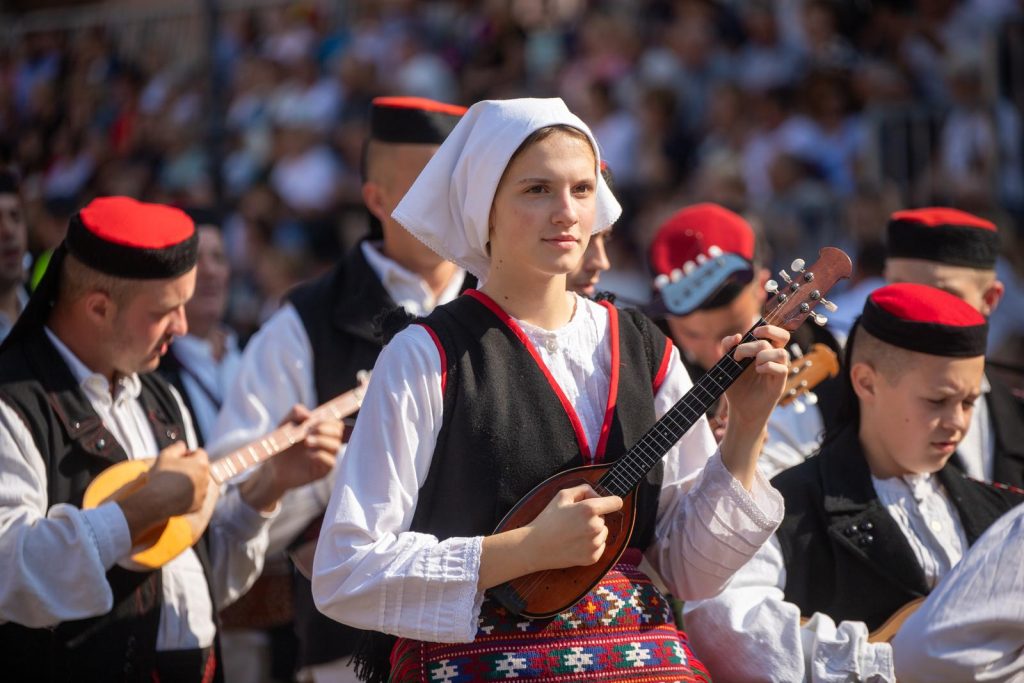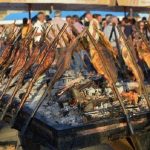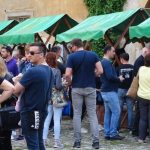October the 21st, 2023 – The spotlight is always being hogged by either Dalmatia or Istria, but what about the criminally overlooked eastern part of this wildly diverse country? Here are five Slavonian festivals absolutely worth paying a visit to.
Slavonia is gorgeous whenever you visit it and although things have changed a lot in recent decades, it is still often referred to as the breadbasket of Croatia. This region abounds in agriculture, vineyards and gentle rolling hills. Traditions run deep in eastern Croatia, and there’s no shortage of Slavonian festivals which celebrate what makes this part of the nation so incredibly special.
Vinkovačke jeseni
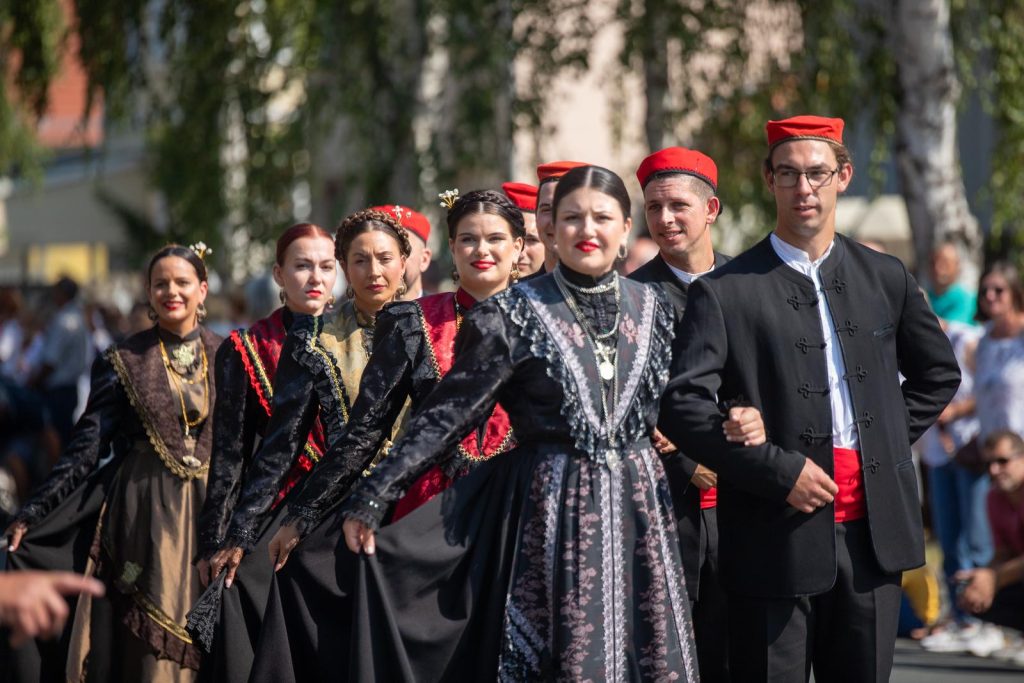
Vinkovci Autumns (or the Autumns of Vinkovci) is perhaps the best known festival that takes place in Slavonia in autumn. An absolute win for anyone who is interested in cultural heritage and local customs, Vinkovci Autumns is an event worth paying a visit to. This annual folklore festival has very deep roots and draws its origins from the very grit of the people of Slavonia. Local traditions, folklore, eastern Croatian dialects and conscious efforts to preserve the customs embedded deeply in the Slavonian psyche is what Vinkovci Autumns is all about. Despite what is represents, this festival is far from old. It began only in 1966 and has since established itself not only as an important event for the town of Vinkovci, after which it is named, but for the entire region of Slavonia.
So, why autumn? The reason is simple. The people of Slavonia, known for their dogged determination in the face of everything thrown at them, and for their incredibly enviable work ethic, are rewarded as summer draws to a close and the harvest season arrives. The toil local people go through working the land and the vineyards gives back what they have put in tenfold come September, when the festival has been traditionally held since its establishment back in the 1960s.
Đakovački vezovi
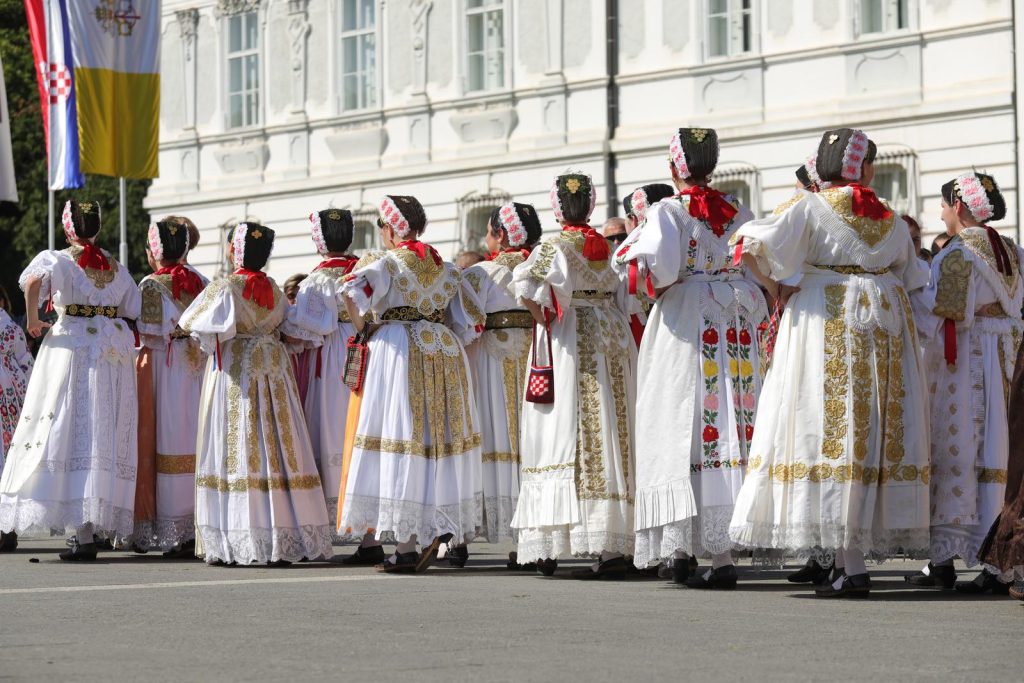
Much like the aforementioned Vinkovci Autumns, Đakovački vezovi (Embroideries of Đakovo) was also only established during the 1960s and has since gained somewhat of a cult following, especially among locals. Founded in 1967 in the Slavonian town of Đakovo, it has become very significant and firmly found its place on the map among popular Croatian festivals. Unlike many other festivals which span mere days, this one spans two entire weeks and encompasses everything from the celebration of local costumes and folklore to traditional songs, dances and customs from the wider Đakovo area.
It didn’t take long for this festival to get the attention of culture lovers across Croatia, especially given the fact that it was founded in 1967 – the Year of International Tourism. With endless publicity and never a bad word said by anyone, this festival has become one of the most popular in all of Croatia. One much loved part of the festival’s programme is when the stunning Lipizzaner horses come out as part of the local wedding wagon show. These pure-bred, snow white horses have been being expertly bred in the local area since way back in the early 1500s, and have remained a symbol of the area in the minds of very many people.
Brodsko kolo
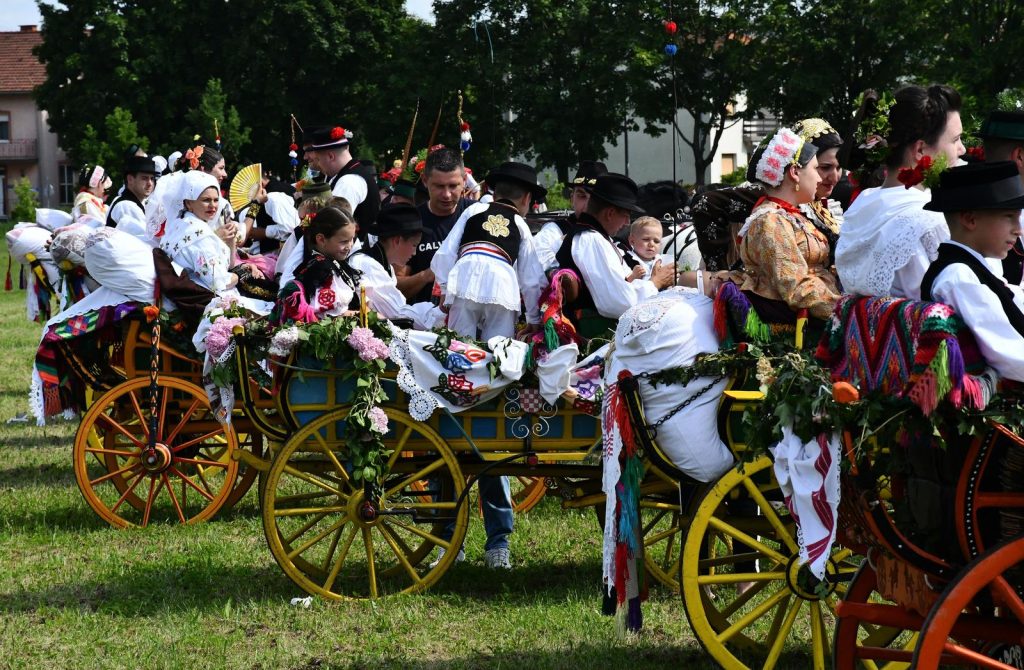
Brodsko kolo (The Kolo dance of Brod) comes from Slavonski Brod, one of the most well known cities in eastern Croatia. This Slavonian event is a big draw for all those wanting to get a glimpse into eastern Croatia’s very heart. Founded in 1962, it showcases local customs, folklore, costumes and dialects, not to mention paying homage to the thing it is named after – kolo dancing. This festival is actually the oldest properly established Croatian folklore festival, which differs from other similar events in that it is held throughout the whole year. The event is organised with a lot of effort and love by the Brod Folklore Ensemble with the support of the Ministry of Culture, Brod-Posavina County, Slavonski Brod, HDS-ZAMP and numerous other sponsors.
Once upon a time, during the celebration of the Day of St. Stipan, the people of Slavonski Brod would gather together in the main town square and dance local kolo dances (brodsko kolo). This coming together would often involve literally hundreds of lavishly dressed people in local costumes. It only seems right that such a tradition is properly marked by a festival dedicated entirely to Slavonski Brod’s rich customs.
Zlatne žice Slavonije
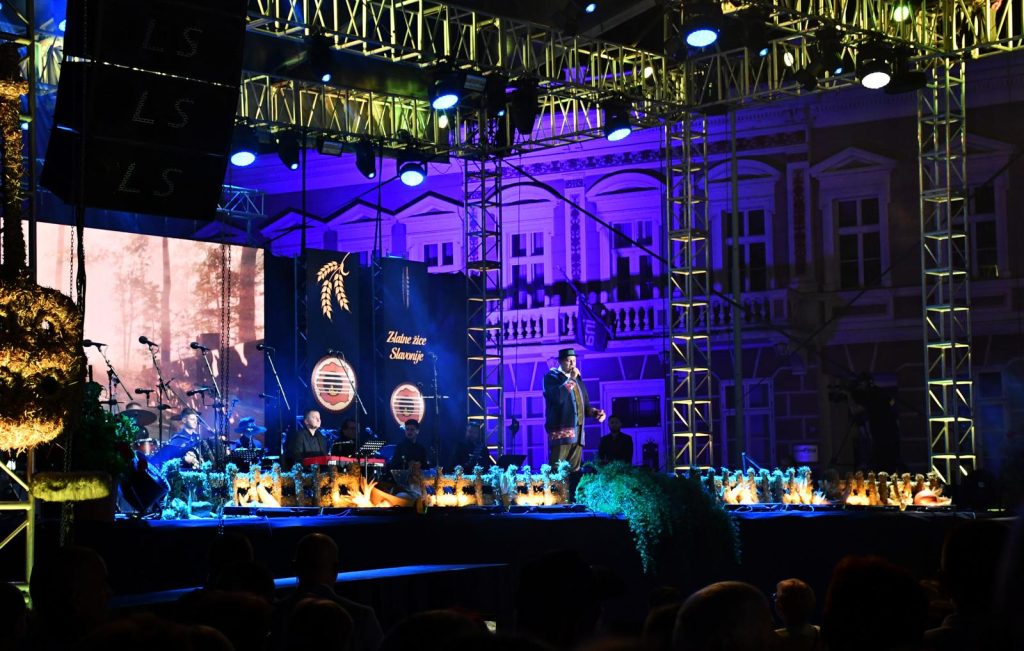
The Požega Tambura Festival or the Golden String of Slavonia, is the biggest festival of local Slavonian tambura music and is held each year. Yet another of the Slavonian festivals to be established in the 1960s (1969 to be precise), it’s actually the very first music festival for eastern Croatia. It wasn’t long before it became totally synonymous with much loved local Slavonian tambura music and was known as the proverbial birthplace of some great names involved with this traditional musical expression. Throughout history, the festival has gone through rough patches and uncertain periods, changing its name several times, but it has always been and remains recognisable as the Požega Tambura Festival. Since the 1990s and its revitalisation following the brutalities of the Croatian War of Independence that Slavonia suffered, it has been known as the Golden String of Slavonia. It has since become known and recognised throughout Croatia and indeed the world for its hard work to preserve the very rich local musical customs of eastern Croatia.
Osječko ljeto kulture
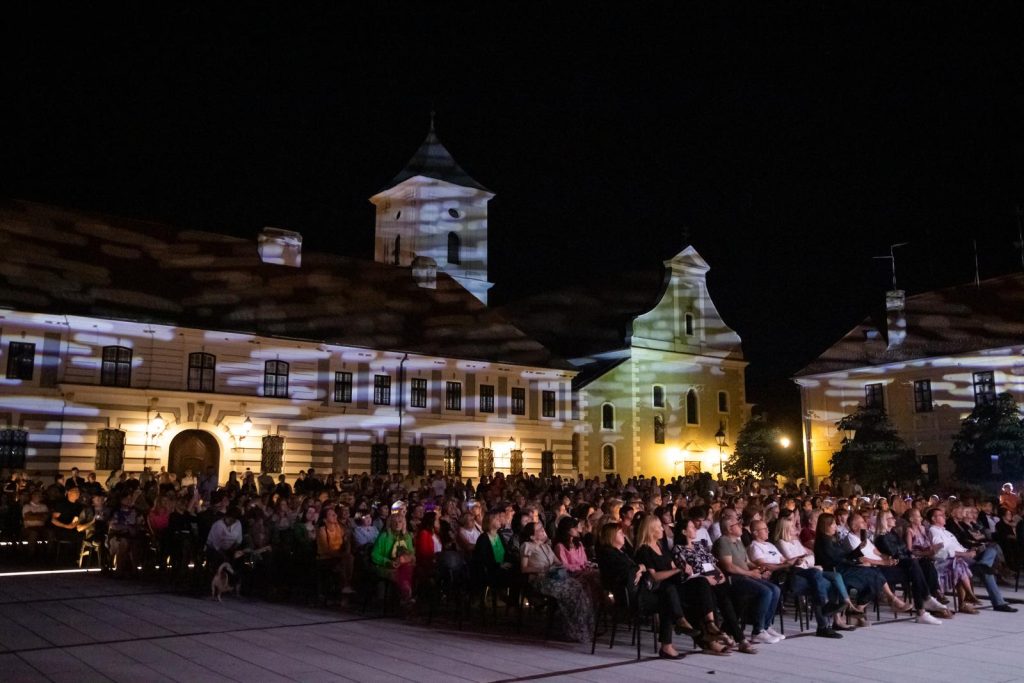
Osječko ljeto kulture, or the Osijek summer of culture, is a unique festival held in the City of Osijek each year. It is by far the largest of the Slavonian events to take place and is hailed as being the biggest cultural event in eastern Croatia. It has been being organised since the turn of the century (2000). The City of Osijek itself is the organiser of this event, with more than twenty closed and open city spaces being enriched with culture each time it takes place. It takes place from mid-June to mid-July and the rich programme usually includes numerous literary, musical, dramatic, film, new media and dance performances. The festival breathes an enormous breath of cultural life into Osijek each and every year, drawing people from all over the country and abroad.

